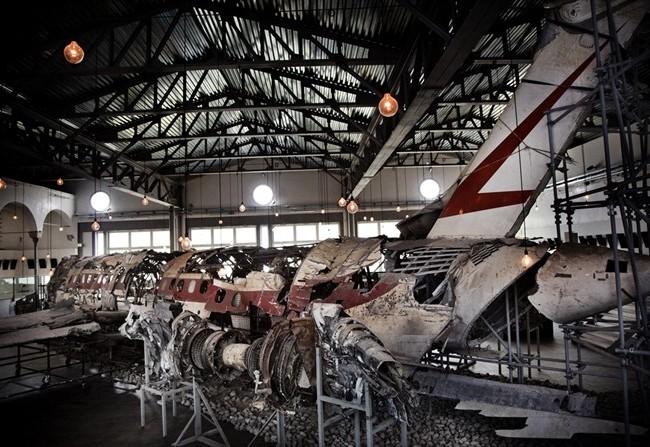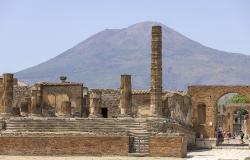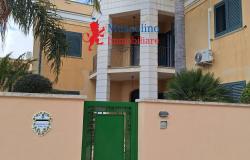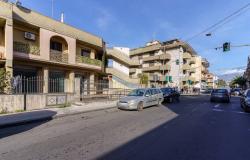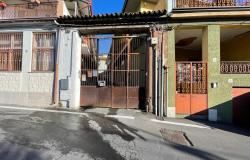The Italian Supreme Court has ruled that there is “abundantly” clear evidence that a stray missile resulted in an Italian passenger plane crashing in 1980. Now the Italian government has to pay compensation to the families of the 81 people on board the plane who died in the crash.
The court upheld the ruling of a Palermo civil tribunal in September 2011, which ordered the government to pay €100 million euros to the relatives of those who lost their lives in the crash. The civil tribunal awarded damages on the basis that Italian civil and military radar systems failed to protect the skies, and that the government had concealed the truth and destroyed evidence.
The ruling ends the decades-long saga that has haunted Italy. The tragedy has become known as the ‘Strage di Ustica’ (Ustica Massacre) because the plane crashed near the small island of Ustica that lies 32 miles north of Capo Gallo, Sicily.
The Aerolinee Itavia Flight 870 DC-9 passenger jet crashed into the Tyrrhenian Sea during a flight from Bologna to Palermo on the night of 27 June 1980. All those on board the plane were killed in the crash. The airline carrier is no longer in business.
The incident led to a range of theories regarding what caused the plane to plummet into the sea. One panel of experts suggested that a bomb onboard, perhaps planted by terrorists, exploded. Another suggested that a missile hit the plane when it was caught in the crossfire of a dogfight involving a Libyan jet and NATO planes. The wreckage of a Libyan MiG-23 jet fighter was found in the Sila Mountains in Calabria a few weeks after the crash. NATO, France and the USA have denied that there was any military activity in the skies that evening.
In 1989, the Italian Parliamentary Commission on Terrorism declared: “The DC-9 incident occurred following a military interception action, the DC-9 was shot down, the lives of 81 innocent citizens were destroyed by an action properly described as an act of war, real war undeclared, a covert international police action against our country, which violated its borders and rights.”
However, the case was archived as the court was unable to proceed any further. Subsequent legal action to discover the role of the Italian Air Force in the tragedy and any possible cover up also proved fruitless in identifying the perpetrators. In June 2010, President Giorgio Napolitano urged all Italian authorities to co-operate in the investigation of the incident.
Conspiracy theorists have pointed out an unusually high mortality rate among individuals linked to the case, including Italian Air Force staff. One was murdered, two committed suicide by hanging, and two died in car accidents.
Although the victims’ families have won damages, the identities of the perpetrators remain unknown.
